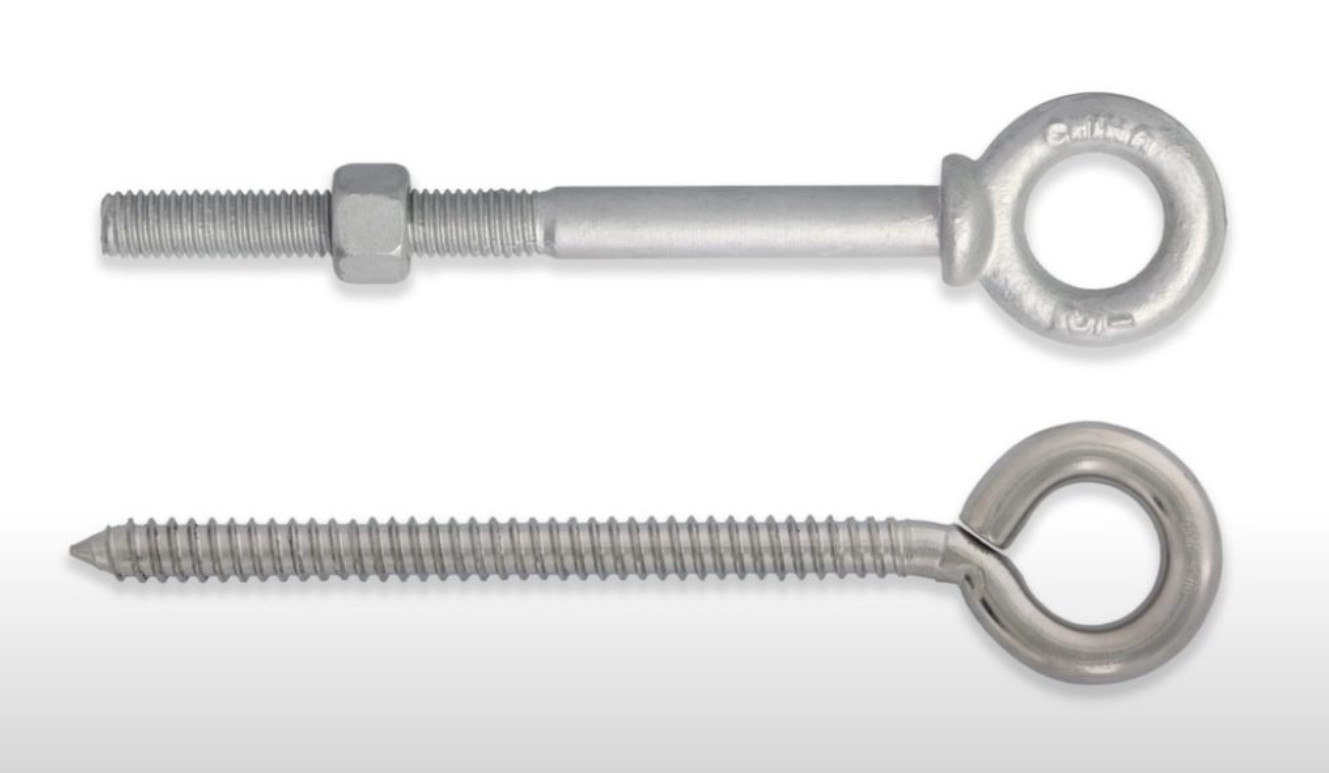Lag screws can be used to fasten wood materials together. They are a bit heavier and thicker than a typical wood screw, which allows them to support a greater load.
Lag screws require a pre-drilled hole because they do not self-thread like a standard screw. This extra step can make the installation process more time consuming.
Choosing the Right Size
Choosing the right size of lag screw is crucial for ensuring a successful and secure fastening. These screws are much stronger than nails and can hold more weight. The ideal lag screw length should be at least half of the material being attached, although 2/3 is recommended.
Lag screws can be used to fasten a variety of materials, including wood, metal and concrete. They are available in a wide range of diameters and lengths. Some lag screws have hex heads that are compatible with a wrench or ratchet, while others feature other types of heads.
The key to determining the correct lag screw size is to ensure that the screw can be inserted into the material you are working with without damaging it. You may want to use clamps or have another person help you in order to achieve this. In addition, you will need to make sure that the materials are properly aligned. To accomplish this, you should drill a pilot hole that is at least half of the bolt’s diameter.
Pre-Drilling
Although lag screws are not threaded like standard fasteners, they still need a hole in the material through which to enter. The risk of splitting the materials through which you are screwing is much greater if you do not pre-drill.
The best way to do this is to create a pilot hole that is slightly smaller in diameter than the actual screw. This will prevent the screw from being able to pass through the material without breaking it, and it will allow the teeth of the screw to dig into the material and provide a strong hold.
To create a pilot hole for your lag screw, use a drill with a socket attachment or a spade bit. You will also want to be sure that the materials you are attaching are properly aligned, which can be achieved by using clamps or having another person hold the material in place while you work. A ratcheting socket wrench can also make it easier to tighten and loosen the bolts.
Drilling the Pilot Hole
Lag screws are the strongest fasteners available for wood, and can be used to attach anything from buildings to fences. However, using them properly requires some special preparation.
First, it’s important to make sure that the materials you are joining are correctly aligned. Then, clamp them together to keep them steady while you drill a pilot hole in the place where you’ll be inserting your lag screw. This pilot hole should be slightly smaller in diameter than the shank of your lag screw, so that the threads will have enough material to bind to.
It’s also a good idea to use a bit with a flat head to help spread the driving torque, and prevent the “cam-out” that can occur with hex heads. Finally, consider using a thread locker to help the fastener stay secure in its place. Taking the time to follow these best practices can help you save time and ensure that your work is properly done.
Installing
The hex head of a lag screw makes them easier to drive into wood than screws with recessed heads. However, too much torque can snap the head off. To avoid this, it’s important to use a socket wrench with hex sockets and set the bolts to a lower torque rating.
Lag screws can be used in a wide variety of construction projects. To ensure they work well, it’s important to choose the right size, pre-drill holes, and properly install the screws. Additionally, it’s important to inspect the screws after installation to make sure they’re secure.
If you’re looking for a fast and easy way to connect materials, consider using lag screws in your next project. With proper preparation, they can be an excellent choice for any construction job. Just be sure to wear protective gear and follow all the safety precautions. And don’t forget to use a thread locker after installing the lag bolts! This will help them stay secure for years to come.Lag screws for wood

